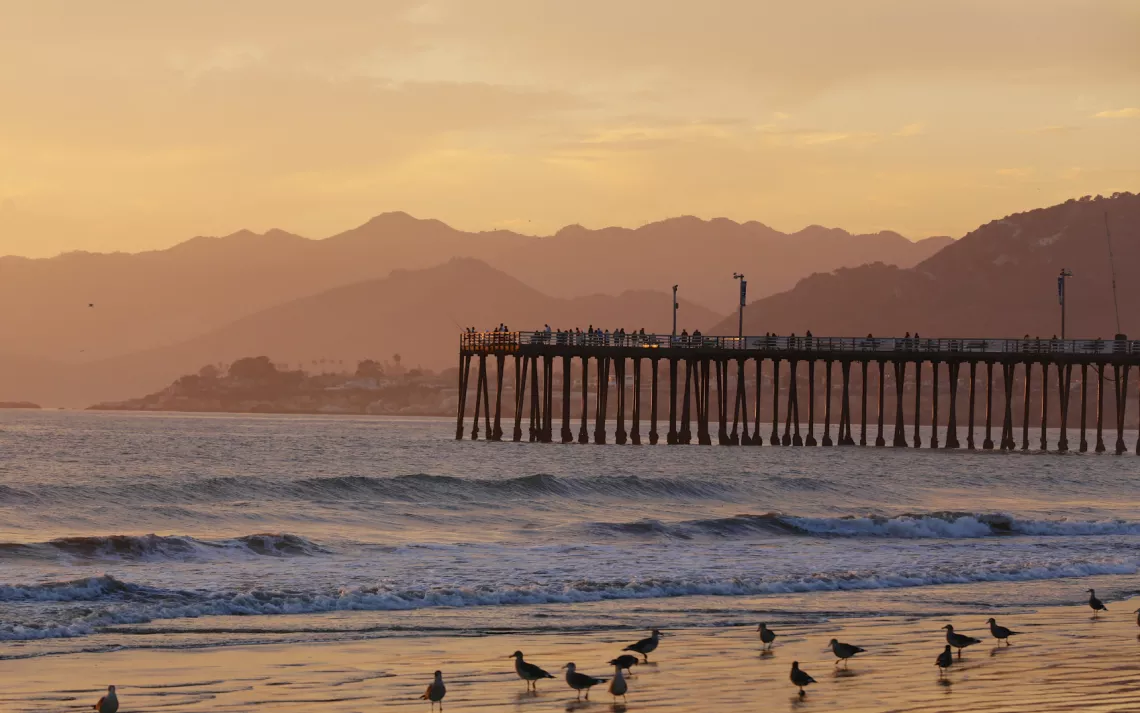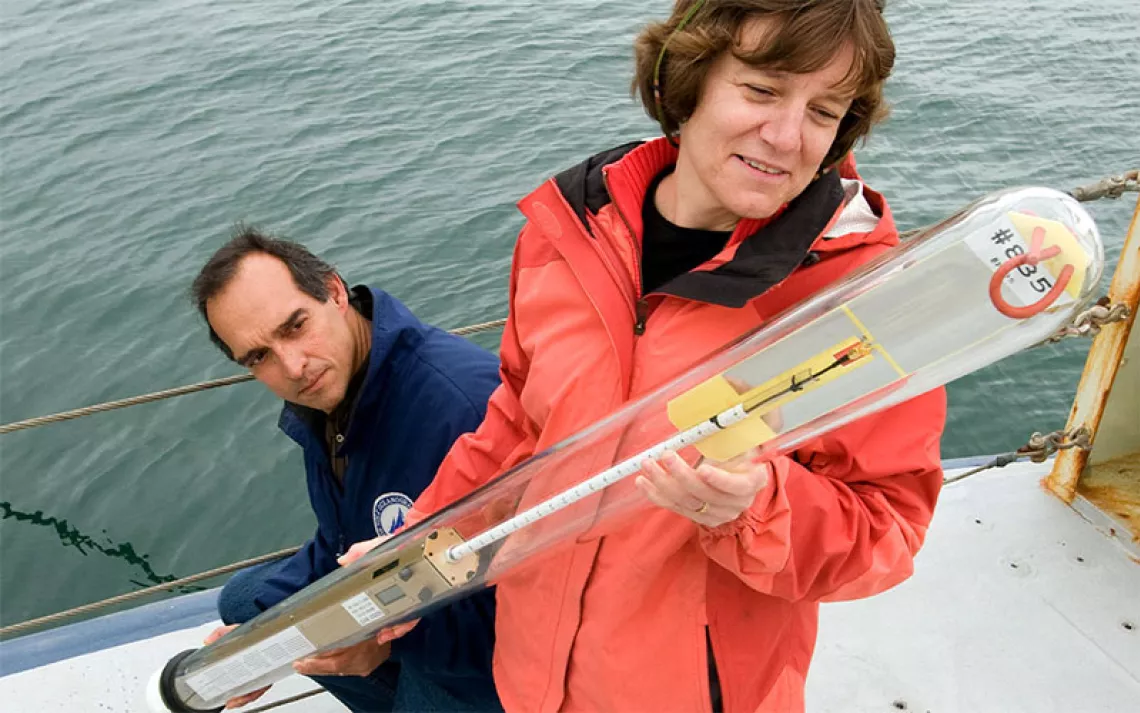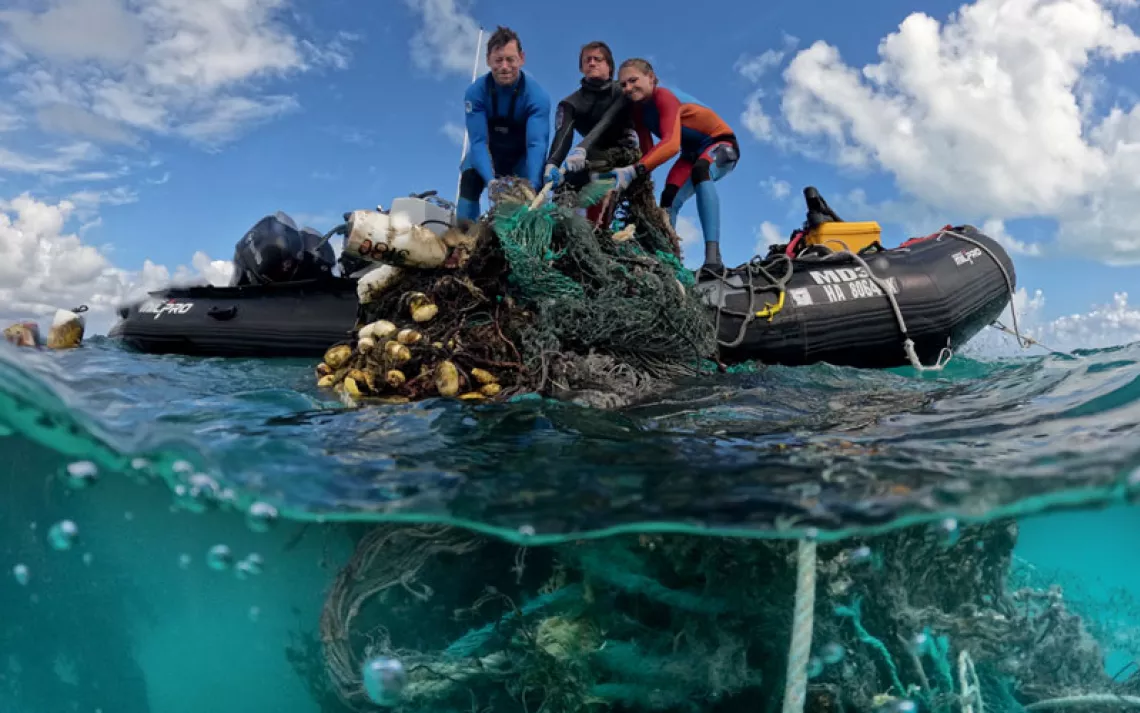Why Was the Executive Director of the CA Coastal Commission Unjustly Fired?

For four decades, the California Coastal Commission has presided over the tensions between private property versus public access, wealthy versus poor, and development versus wilderness and natural habitat. | Photo by iStockphoto/Photography Perspectives
The most disturbing aspect of the February firing of the respected executive director of the California Coastal Commission, Charles Lester, is that it had so little to do with the coast itself—it was simply about money and power.
That’s too bad, since California’s coastline is world-class. Its 1,100 miles include breathtaking cliffs overlooking luminous aquamarine waters; broad swaths of popular beaches; long, serene stretches of undeveloped shoreline; and some of the world’s most expensive beachfront properties. It’s where developers want to install luxury tracts and hotels and where billionaires want to put their dream houses—and it’s the state’s most vital commons, its recreational release valve, one of the few places left where large numbers of people of all colors and classes can mix affordably.
For four decades, the commission has presided over this profound tension—private versus public, wealthy versus poor, development versus wilderness and natural habitat—with widely acknowledged integrity. Charged with fostering environmental protection and public access throughout the coastal zone, the commission is the nation’s flagship coastal management agency and probably the most powerful body of its kind in the world. It has succeeded in preserving the coast while approving, in the last four years, at least 98 percent of the development applications it has received, usually by persuading applicants to modify their projects to take nature and access into account. For example, the commission allowed development even in Big Sur, the small town that offers some of the world’s most spectacular ocean vistas, as long as buildings were hidden from public view. Governors from both parties have disliked the commission because they couldn’t control it, and have usually left it chronically underfunded.
Nevertheless, virtually alone among California and national regulatory agencies, the commission became known for resisting “regulatory capture”—the seemingly inexorable tendency of regulatory bodies to end up serving the interests of the entities they were created to oversee. It’s safe to say that regulatory capture, a form of government failure, is a major reason for the fury of many Bernie Sanders and Donald Trump supporters.
Until his retirement in 2011, Peter Douglas was the commission’s guiding spirit. He was the principal author of the 1972 state ballot proposition that brought the commission into being and was its executive director for more than a quarter-century. Under Douglas and Lester—Douglas’s longtime senior deputy and designated successor—the commission’s staff of scientists, legal experts, and land-use planners evaluated applications for adherence to the 1976 California Coastal Act. Then, its 12 commissioners decided whether to accept the staff’s recommendations. One reason the commission succeeded is that Douglas, a canny political operator who was devoted to coastal protection, designed the agency precisely so that politicians would have a hard time dominating it. Instead of allowing, say, the governor to pick all the commissioners, the appointments were split equally among the governor, state Senate president pro tempore, and Assembly speaker.
Even so, Republicans nearly succeeded in ousting Douglas in 1996, when Governor Pete Wilson and Assembly Speaker Curt Pringle, both Republicans, controlled eight appointments. That dispute was all about the coast: Developers wanted access to more of it; environmentalists resisted. The fight was partisan and ideological. One side argued for the sanctity of property rights, while the other stressed the value of public spaces. Though seemingly outnumbered, Douglas outmaneuvered his opponents and kept his job.
This time around, all but one of the commissioners were appointed by Democrats, and the dispute hasn’t involved ideology. In fact, it has been hard to know what, exactly, this fight was about. The commissioners who opposed Lester—the seven who voted against him and perhaps one or two others who may have voted for him only because their nay votes weren’t needed—have never explained their reasoning in public. It didn’t matter to them that the commission received nearly 30,000 letters backing Lester. Or that 155 of the commission’s 163 staff members risked harm to their careers by signing a letter in support of him. Or that 35 former commissioners and 68 environmental and environmental justice groups (including the Sierra Club’s California Chapter) backed him, too. Governor Jerry Brown, the very man who signed the Coastal Act into existence during his first term as governor in 1976, declined to intervene on the grounds that this was an “internal” personnel matter, and then allowed all four of his appointed commissioners to vote against Lester. As Huey Johnson, California’s resource secretary for five years during Brown’s first two terms, told me, all Governor Brown needed to do to salvage Lester’s job was “pick up the phone—I’ve seen him do it.”
At an extraordinary, 12-hour-long public hearing on February 10 that culminated in Lester’s dismissal, two commissioners who voted against him declined to speak at all, and the others said they were constrained by concerns for Lester’s privacy. This was unconvincing, particularly since the commission’s legal counsel stated publicly that the commissioners were free to talk about their reasons as long as they didn’t cite Lester’s confidential performance evaluations. The commissioners listened as 295 California residents took turns expressing support for Lester; only one speaker opposed him. Then the commissioners retired to a private session and voted 7-5 to dismiss Lester.
Since then, two commissioners, Steve Kinsey and Mark Vargas, have described to me the case against Lester in considerable detail. Kinsey, the commission chair, voted in favor of keeping Lester but nevertheless provided a list of grievances against Lester and his staff. The reasons “have to do with leadership qualities, with communication between Dr. Lester and individual commissioners, and communication between the staff and the public, including applicants” for coastal building permits, he said. But the complaints he cited—that Lester didn’t return commissioners’ phone calls, applications moved too slowly, applicants couldn't track the progress of their projects on a website—have either been addressed or don’t seem significant enough to justify Lester’s firing. Instead, they sound like smoke screens, veiling the commissioners’ interest in reaching beyond the quasi-judicial role assigned to them in the Coastal Act and into staff management, almost certainly so that they can exert more control over favored building applications.
Both commissioners said that public access to beaches and other coastal areas—a subject of intense interest to low-income and people-of-color communities—became a more prominent issue following the appointments of three Latinos and one African American to the commission in the last three years. Vargas, a Los Angeles consultant whose ancestry is half Mexican, half Colombian, voted to oust Lester. He criticized the commission for not hiring more ethnic minority staff members and for failing to provide motels for non-affluent beachgoers. But in fact, the commission staff’s person-of-color representation (29 percent) is slightly higher than that of the state Natural Resources Agency (28 percent), of which it is a part, and it is rapidly increasing despite substantial obstacles, such as slow employee turnover and a limited pool of qualified applicants. Furthermore, commissioners’ decisions to replace motels with high-end hotels have more to do with a motel shortage than any staff actions. Indeed, 26 environmental justice groups—including virtually all of California’s EJ organizations—signed the nonprofits’ letter in support of Lester precisely because they appreciated the commission’s record in supporting public access.
Instead, the commissioners’ decision appears to involve a turning away from the coast toward the state’s power centers. For one thing, while many past commissioners grew up as the battle to protect the coast unfolded and were passionate supporters of the Coastal Act, newer ones seem to take for granted both the coast itself and the law that protects it. In addition, the commission is well-known for its “juice”—the power and influence that extends from having a say in billion-dollar beachfront projects. True, commissioners don’t receive salaries, and they can't receive gifts worth more than $10, but they can benefit in other ways. Elected officials, who by law must comprise half the commissioners, hold jobs as mayors, city council members, or county supervisors. For them, commissionerships are frequent stepping stones to the state legislature: At least 18 commissioners have made that leap.
The business consultants among the commissioners may figure that the expertise they develop in commission operations will serve them after they leave the agency, when they can guide wealthy clients through the application process. Susan McCabe, a regional commissioner in the early 1970s, followed that path to her current role as lobbyist for a majority of the high-end projects seeking approval from the commission. According to commissioner Mary Shallenberger, McCabe once referred to Wendy Mitchell, another commissioner who is also a consultant, as “my commissioner.”
“This is all about making more money,” former commissioner Steve Blank told L.A. Weekly about Mr. Lester’s firing. “They’re not going to pave the coast by Thursday, but week by week, month by month, they will turn this into the Jersey Shore.”
The commissioners’ first obstacle will be finding a new executive director willing to work for less than $120,000, as Lester did, in a job with a newly demonstrated lack of security. The California coast, once the destination of the nation’s dreamers, looks a little more like a dead end.
 The Magazine of The Sierra Club
The Magazine of The Sierra Club







